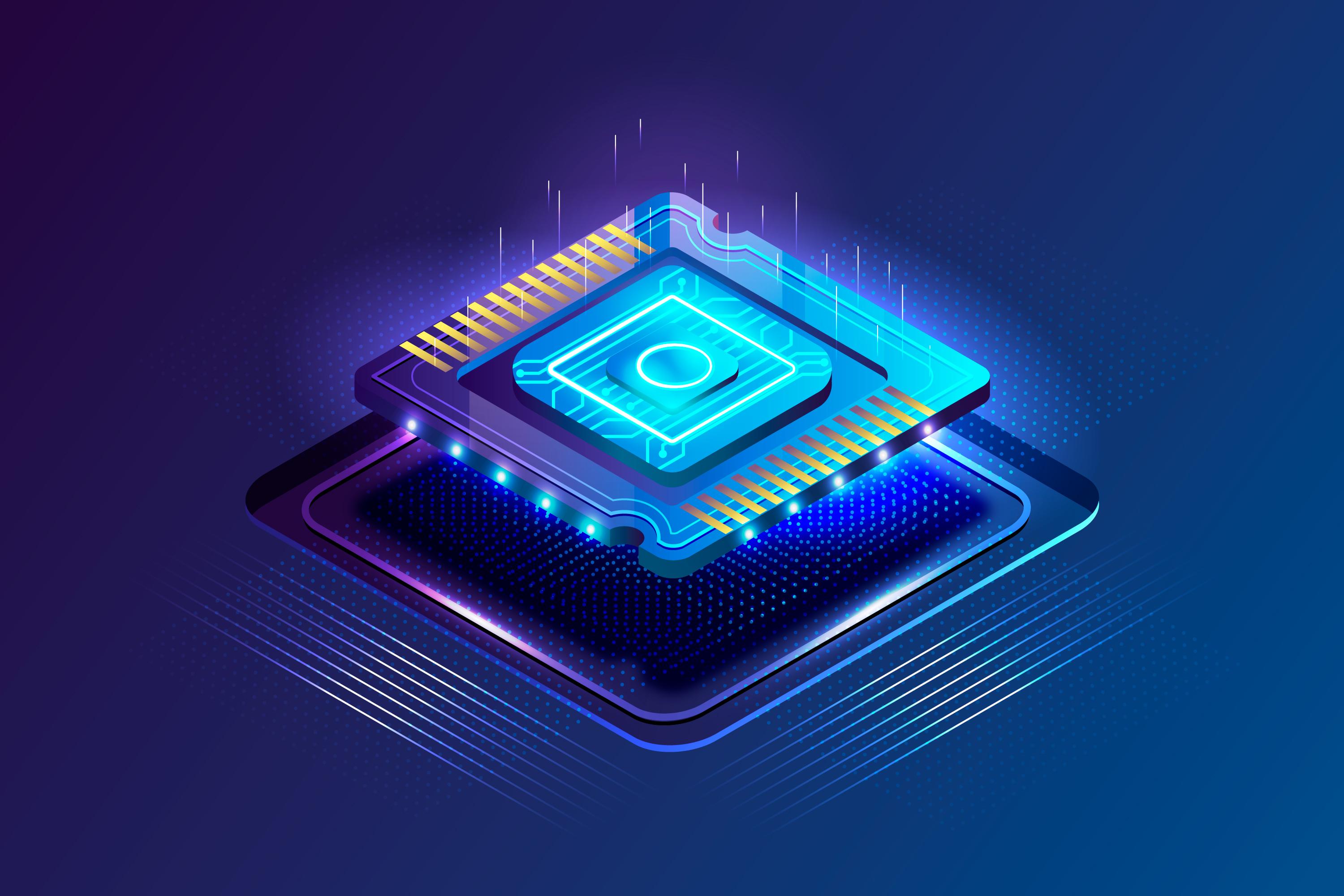_11zon.jpg)
Power management in automotive embedded systems has developed into a crucial component as the automobile industry continues to change and relies more and more on electronic systems and communication. For vehicles to operate at their best in terms of performance, dependability, and energy efficiency, effective power management is crucial. This blog examines the significance of power management in embedded automotive systems, the difficulties it presents, and the numerous techniques and technologies used to overcome these difficulties.
Power management in automotive systems: Its Importance
Automotive embedded systems, which include a variety of electronic devices and systems, depend greatly on power management. In addition to entertainment systems, these systems also include advanced driver assistance systems (ADAS), engine control units (ECUs), sensors, and actuators.There are various reasons why effective power management is crucial. First of all, it makes it possible for the best power allocation and distribution among various components, assuring dependable and stable functioning. Second, it increases energy economy by limiting the vehicle's overall power consumption and lowering fuel or battery use. Additionally, for maintaining system integrity, avoiding overheating, and increasing the lifespan of electrical components, proper power management is essential.
Automotive power management challenges :
Modern automobiles are outfitted with a wide range of electrical systems and components, each having specific power requirements. Higher power requirements are a result of these systems' expanding sophistication, including infotainment systems, ADAS, and electric drivetrains. It is difficult to efficiently manage and distribute power between various components while preserving steady functioning.Vehicles have a limited amount of room for power management components, such as power supply, regulators, and cooling systems. Power management solutions must be small, light, and able to occupy the available area without sacrificing reliability or performance. Power management capabilities must be balanced with weight and space limitations, which is a difficult task.Voltage transients and noise are common in automotive contexts as a result of things like engine ignition, shifting loads on the electrical system, and electromagnetic interference. To protect delicate electronic components and guarantee dependable operation, power management systems must be able to handle and reduce these voltage fluctuations and noise. Effective thermal control is essential for vehicle power management. Heat is produced by power electronics, and high temperatures can affect reliability and performance. Maintaining ideal operating temperatures and preventing overheating require proper cooling systems and heat dispersion methods.Integration of Renewable Energy Sources: Power management is made more difficult by the integration of renewable energy sources, such as hybrid or electric car systems. Specialized power management techniques are needed for effective power conversion and management between the various energy sources, including batteries, fuel cells, and regenerative braking systems, in order to enhance energy efficiency and guarantee peak performance.
Electromagnetic Compatibility (EMC): To prevent electromagnetic interference (EMI) and guarantee the dependable operation of other vehicle electronics, automotive power management systems must adhere to strict electromagnetic compatibility requirements. To reduce EMI and preserve compatibility with other onboard systems, shielding methods, appropriate grounding, and filtering are required.
Cybersecurity is a significant concern in power management as vehicles become more linked. To keep the vehicle's power systems safe and dependable, it is crucial to safeguard power management systems from unauthorized access, hostile attacks, and corrupt data.
Continuous innovation in power management technologies, cutting-edge system design approaches, and exacting testing and validation procedures are necessary to meet these difficulties. To provide reliable and effective power management solutions that satisfy the requirements of modern vehicles while assuring safety, dependability, and energy efficiency, collaboration between automotive manufacturers, component suppliers, and power management experts is essential.
Technologies and Power Management Strategies:
Several tactics and technology are used to address the issues in automobile power management:
a. Voltage regulation: To keep consistent and regulated voltage levels across various components, voltage regulation techniques including switching regulators and linear regulators are used. These methods assist in reducing voltage fluctuations and guaranteeing dependable performance.
b. Energy Harvesting: Technologies that gather and transform wasted energy into useful electrical power include solar panels, thermoelectric generators, and regenerative braking systems. These features lessen the need for external power sources and improve the vehicle's overall energy efficiency.
c. Power Monitoring and Control: Systems for power monitoring and control continuously track power usage and optimize power distribution based on urgent needs. These systems make sure that power is distributed effectively, cutting down on wasteful energy use and raising overall energy efficiency.
d. Automotive embedded systems utilize sleep modes and power-saving approaches to reduce power consumption during idle or low-demand times. These methods involve selectively turning off or cutting electricity to components that are not necessary, which saves energy.
e. Smart Charging and Energy Management: In electric or hybrid cars, these technologies optimize the charging and discharging cycles of the batteries. To ensure effective energy usage and increase battery life, these systems take into account variables including power availability, driving habits, and user preferences.
Future Innovations and Trends :
Future breakthroughs in power management for embedded automobile systems are anticipated. Power management solutions will emphasize improving energy efficiency, optimizing charging infrastructure, and incorporating renewable energy sources in response to the growing usage of electric and autonomous vehicles.
Future developments in power management for automotive systems will be influenced by new technologies including wireless charging, solid-state batteries, and energy storage devices. Additionally, techniques for machine learning and artificial intelligence will be used to optimize power distribution.
Conclusion:
In conclusion, power management in embedded automotive systems is a crucial component of contemporary cars. The best possible performance, dependability, and energy efficiency are guaranteed by effective power management. Innovative solutions are needed to address the problems of power demand, space constraints, voltage transients, and thermal control. Electrification, V2G integration, smart grid technologies, energy harvesting, enhanced power electronics, AI/ML, and energy storage breakthroughs will influence the direction of power management in automobile systems in the future. These developments are meant to improve charging infrastructure, increase energy efficiency, and include renewable energy sources. Future greener, more sustainable, and intelligent vehicles will be made possible by power management in automotive embedded systems thanks to ongoing advances and developing trends.

VLSI Career Roadmap for Engineering Graduates: Step-by-Step Guide
A complete VLSI career roadmap for engineering graduates. Learn skills, domains, tools, and steps to become a successful semiconductor engineer in the chip design industry.

Title: Top VLSI Career Paths for 2026 Graduates and Best Semiconductor Companies in India
Meta Description: Explore the top VLSI career options for 2026 engineering graduates and discover India’s best semiconductor companies for high-paying jobs. Learn about roles, skills, and top recruites

Why VLSI Engineers Must Care About Side-Channel Attacks, Secure Design, Verification, and Hardware Mitigation
Learn why VLSI engineers must prioritize side-channel attacks, secure design, verification, and mitigation to build trustworthy, resilient, and future-ready hardware systems.

VLSI Skills Every Engineering Graduate Must Learn to Stay Ahead in the Semiconductor Race
Discover the must-learn VLSI skills for engineering graduates to stay ahead in the semiconductor industry. Boost your career with essential chip design and verification skills.
_11zon.jpg)
How Verification Engineers Master Tools and Languages Used in the VLSI Industry
Discover how verification engineers master essential tools, languages, and methodologies in VLSI industry. Learn skills needed to stay competitive and future-ready.
Hours
Copyright 2025 © VLSI Technologies Private Limited
Designed and developed by KandraDigitalCopyright 2025 © VLSI Technologies Private Limited
Designed, Developed & Marketing by KandraDigital
